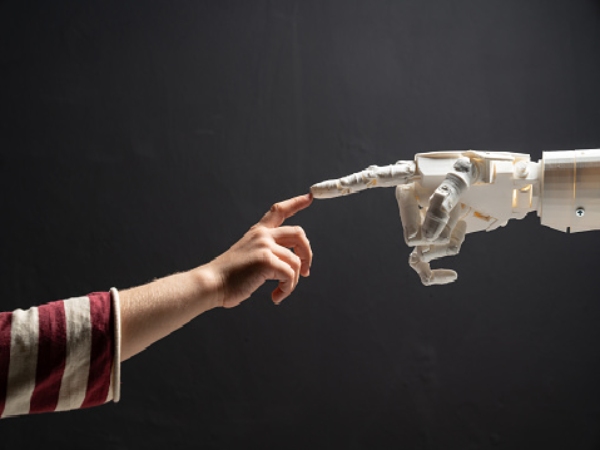Challenge I: Robots take too long to integrates
Integration is difficult. There are many moving parts and few widely adopted standards that can fully unite factory automation. In fact, an MIT reports on industrial automation found that robots used in industrial manufacturing plants typically have their own programming language and communication protocol, with around 17-20 different languages in use, most of which are owners.
In a simple
environment, autonomous manufacturing robots perform the tasks they are asked
to perform. But the systems they're supposed to integrate with, 15-year-old
programmable logic controllers (PLCs), add to the complexity of the job.

The result
is longer-than-expected ramp-ups and too much reliance on external System
Integrators (IS) who strip tribal knowledge from their systems as soon as they
leave the building.
"Can't we just have the robot [insert
something that looks simple]?" "
Let's take a
look at a particular task performed in the walls of an example industrial
manufacturer: the delivery of gaskets. It's an easy task to automate. It's a
simple loops that sees a part delivered from one location to another.
Soon after
you identify a task like this that you want to automate, the word
"just" begins to appear. Here is a list of "only"
statements:
• “The robot
only needs to stay an inch outside the perimeter. "
• “The robot
only needs to respond by pressing a button that is normally pressed by the
worker on the side of the line. "
• "The
robot only has to signal a traffic light at the intersection to announce that
it is crossing."
• "The
robot only needs a few Opportunity Chargers to be able to power up while it
waits for its next part to be delivered."
Pay special
attention to statement that begin with "the robot only needs ..." or
to questions that begin with "what if the robot only needs ...".
These statements will blow up your timeline.
They will
also explode your budget. Because? Because you've probably hired an IS to help
with the implementation and consider the commitment a one-time expenses.
Production lines are dynamic entities that requires constant restructuring,
optimization and adjustment "on the fly". These are not one-time
expenses.
Increase the
magnitude of the problems mentioned above by ten. Then add in about fifty more
obstacles, most of which were unforeseen, and expect to seek approval to
implement custom solutions for each of the nine different decision makers.
Integration
is difficult.
The
solution: visibility
Suppose our
industrial manufacturer uses a system that provides visibility to both the
robot and the components it interacts with. You can keep your end goals
transparently in view every step of the way. It's time to turn on the
flashlight.
The Freedom
Robotics fleet management platform provides a series of dashboards that provide
visibility to any robot at all times. With the flashlight on, operators can
identify issues causing delays on production lines and better manage them in
the future. A quick glance at the dashboard illustrate a fundamental problem
with external device connections.
Below you
can see the problematic traffic light. Freedom's platform allows operator to
identify the status of the traffic light and formulate possible solutions.
Performance measurement is a straightforward
process thanks to Freedom's data aggregation capabilities, which provide
instant motion reports. Below is a report that highlights performance metrics
associated with automating a particular task. As you can see, the issues that
arise under the hood are easily identified.


